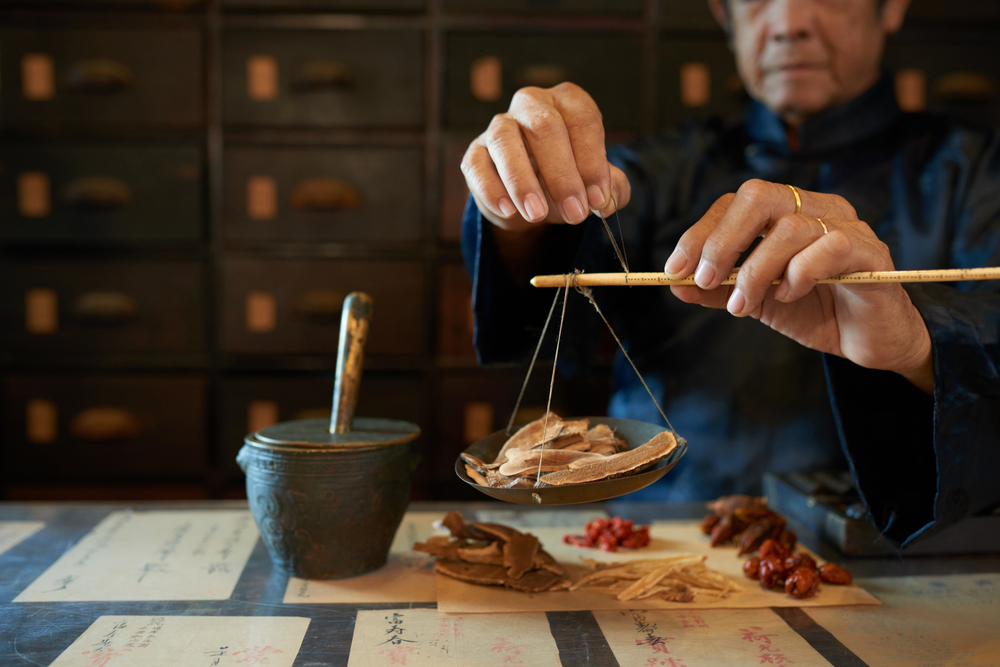Menu
- SITCM Overview
- Prospective Students
- Current Students
- Alumni
- Teaching Clinic

Complementary medicines such as Chinese Medicine have been growing in popularity in recent years, but a few misconceptions remain. At the Sydney Institute of Traditional Chinese Medicine, we have over 35 years of experience in providing traditional Chinese medicine (TCM) education and continue to contribute significantly to the development of traditional Chinese medicine education in Australia. As a leading institute in the industry, we have decided to address a few common myths about Chinese medicine.
Misconception #1: Chinese Medicine is Unregulated
Traditional Chinese medicine in Australia is regulated by the Australian Health Practitioner Regulation Agency through the Chinese Medicine Board of Australia. Practitioners must complete education requirements, pass the VIVA exam, register and complete regular training requirements.
Those who are looking to become licensed practitioners have the option to study TCM in Sydney at SITCM through one of our available degrees.
Misconception #2: Acupuncture Is Not as Effective as Prescription Medicine
This depends: acupuncture can be highly effective at managing certain kinds of illness, particularly those relating to chronic pain. It has the added benefit of not involving any chemical substances.

Misconception #3: Acupuncture is Painful
Just because it involves needles, does not mean that the process is painful. The insertion of acupuncture needles is typically accompanied by a mild tingling or numbing sensation.
Misconception #4: Chinese Medicine is Exotic
Some people associate traditional Chinese medicine with exotic foreign ingredients for herbal dispensing. However, herbal ingredients are regulated by Australia’s Therapeutic Goods Administration and many are commonly found in kitchens, including ginger, cinnamon, orange peel and ginseng. Moreover, herbs form just one component of Chinese medicine, which focuses on the body and energy from a holistic approach. Treatments include acupuncture, herbal medicines, massage, lifestyle changes, exercise, and diet.
Misconception #5: There is No Research Supporting Chinese Medicine
Chinese medicine has been developed and refined over thousands of years of practice and remains popular today. The 2015 Nobel Prize in Medicine was awarded to a Chinese medicine researcher for finding a treatment for malaria using traditional herbs. Modern research shows that acupuncture is beneficial in adult postoperative and chemotherapy nausea and vomiting as well as postoperative dental pain among many other issues such as tennis elbow, fibromyalgia, asthma, and addiction.
Misconception #6: Chinese Medicine is Expensive
Traditional Chinese medicine treatments are not expensive relative to other medical treatments. All major private health insurers in Australia cover Acupuncture and some also cover herbal medicine treatments.
At SITCM, our teaching clinic offers many affordable Chinese medicine treatments. The combined price of a consultation and treatment is typically only $15 dollars; patients can book online today!